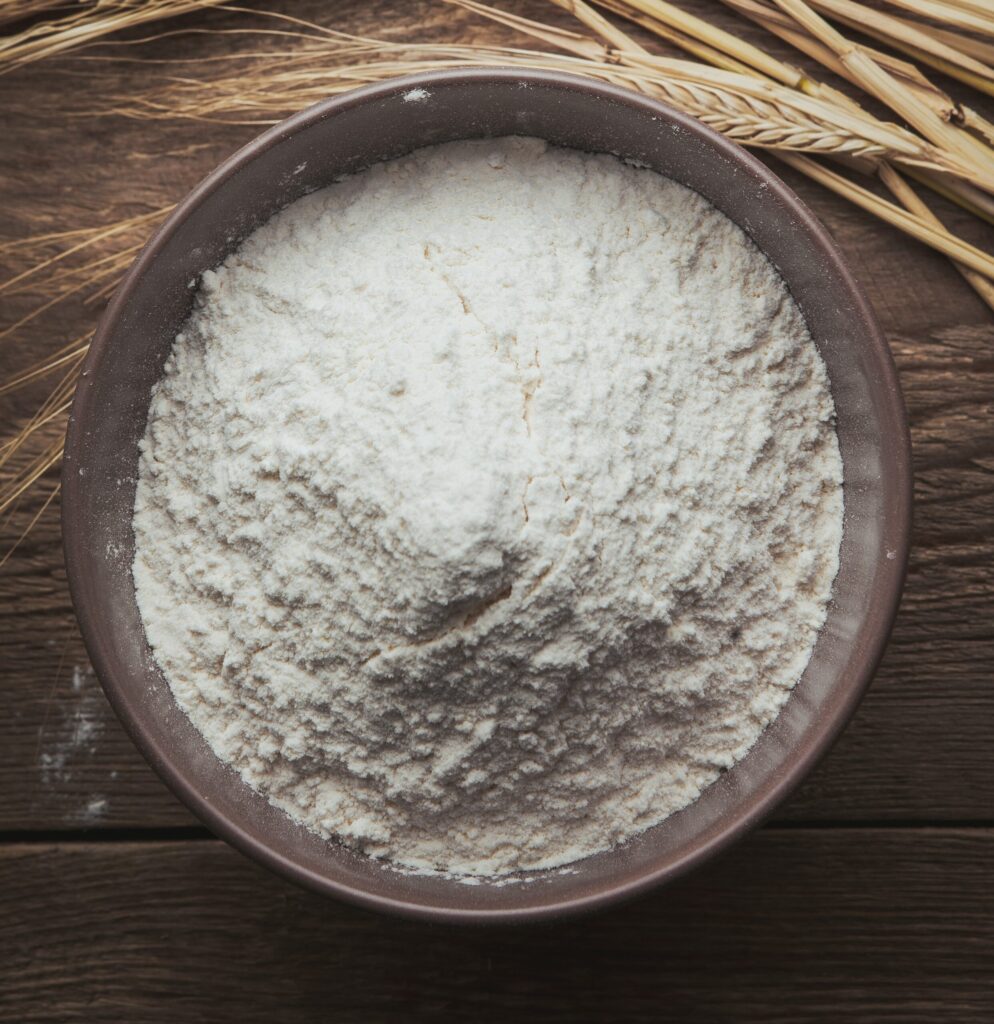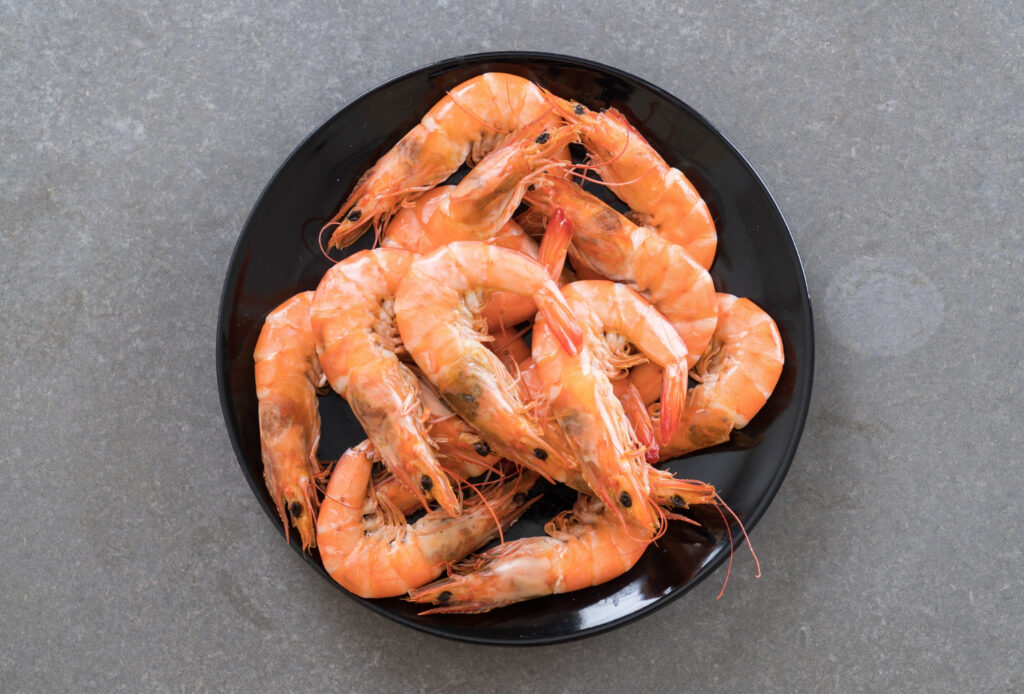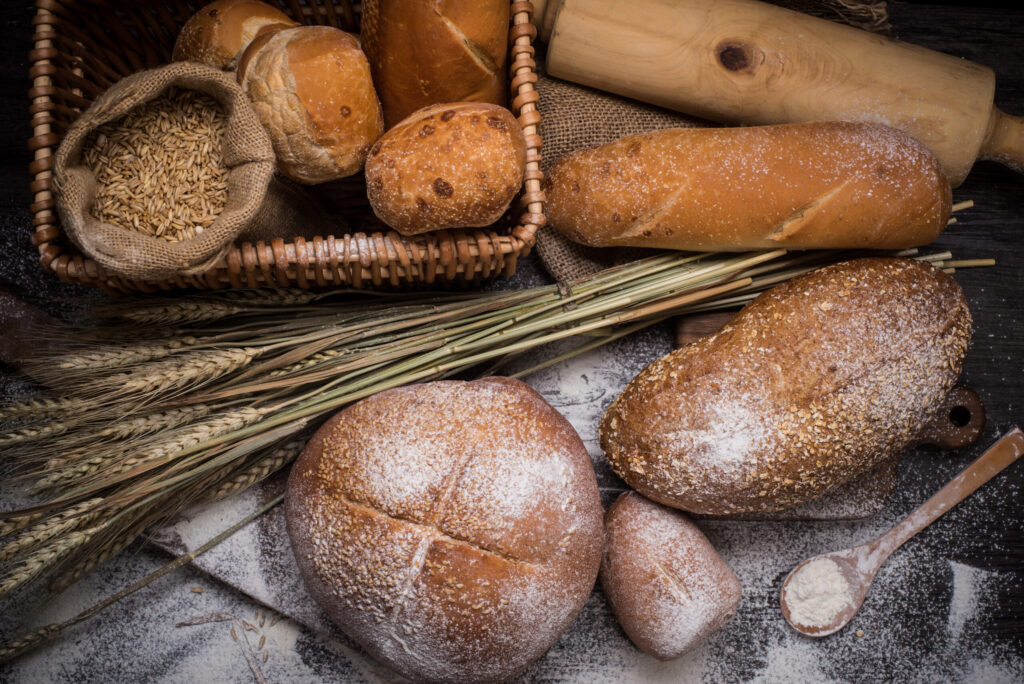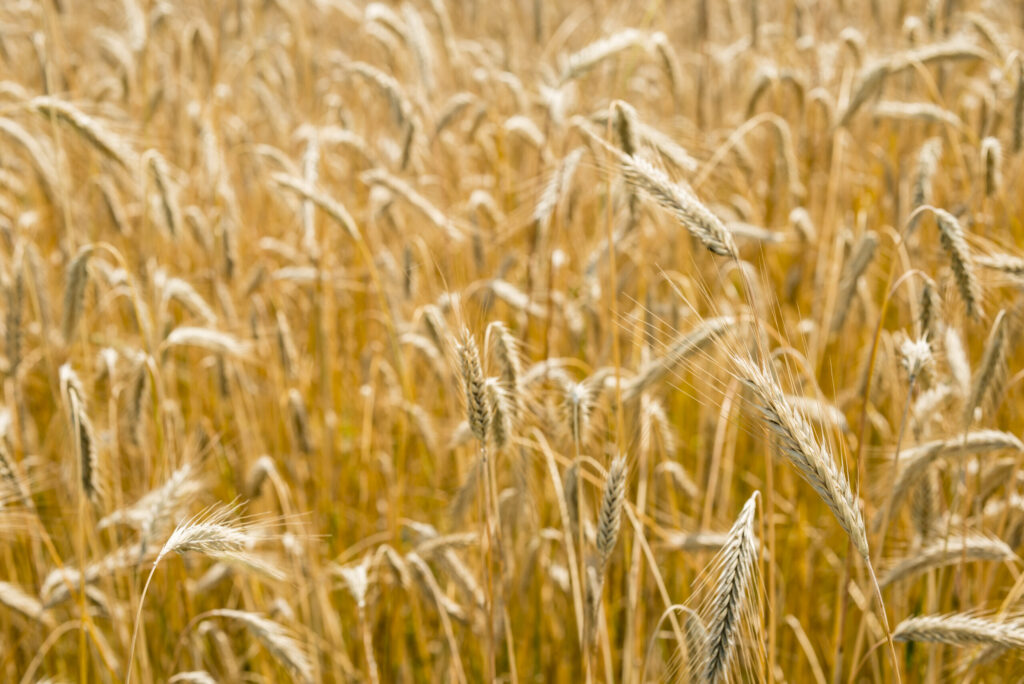Local Gastronomy – Ustica Flavors Cooking Show
Discover the secrets of Ustica cuisine! From the square to the kitchen: cook with local chefs to make lentils, Ustica-style pizza, cassatedde pastries, and fennel liqueur. Taste what you've created!
Symbol
Red Ball
Duration
2 hours
Suitable for
All
Description
For those who want to experience this, they will witness a performance by a local chef, fisherman, or farmer who will cook for visitors and demonstrate the tricks and recipes of traditional Ustica dishes—prepared live!
Additionally, “the chef” will also take care of entertaining the audience by explaining the history of local food and its products, sharing Ustica’s culinary culture, and offering fascinating stories and fun facts. Participants will be surprisingly engaged as the chef explains each step of the preparation and interacts with the audience, answering all their questions.
At the end of the preparations, participants will get to taste the dishes and then take part in recreating them on-site—these dishes will then become that evening’s dinner. It will be an exciting show that involves the participants in a cooking show set in Ustica’s distinctive locations.
Highlights
Ustican cuisine has its roots in Sicilian cooking but features delicious unique specialties and early produce from its own traditions. Thanks also to the presence of Lipari settlers who colonized Ustica since the late 1700s, the island maintained culinary customs that persist today, while others unfortunately have been forgotten over time.
On Ferragosto (August 15th), for example, they used to make “stuffed roosters.” Very small roosters were deboned and filled with rice, eggs, mortadella, and ground meat. This tradition has been lost both due to the difficulty of raising these animals and the complexity of preparation.
For the Feast of Saint Joseph, patron saint of the poor and destitute, three Sicilian specialties are still served on March 19th: ditalini pasta with chickpeas and fennel, fennel-seed bread, and egg sfinci—made with flour, brewer’s yeast, water, and optional oil or butter. The original sfinci recipe involves mixing hot water, lard, salt, and flour, then adding eggs only after cooling. The dough is shaped into balls with a spoon and fried in boiling oil. Saint Joseph’s sfinci use the same ingredients as egg sfinci but traditionally include generous amounts of ricotta and chocolate chips, resulting in a notably large dessert.
The same dough is also used for “catenelle” (little chains), named for their shape—small rings of dough linked together before frying and dusted with sugar and cinnamon.
At Easter, they make “pupi cu l’ova,” typical Sicilian pastries crafted with water, flour, sugar, yeast, and egg yolks, topped with a whole hard-boiled egg—a symbol of life and fertility.
Potato gnocchi stuffed with chicken ragù were a rarity, prepared for the local Feast of San Bartolicchio and as a Sunday staple. The pasta was shaped by pressing dough balls against a grater’s back or rolling them on wool-working tools to create hollow “cavati.” A local variation used potatoes instead of flour while keeping other ingredients unchanged.
For Saint Lucy’s Day, they prepare “cuccìa,” made with boiled wheat and cream ingredients (milk, starch, sugar, optional chocolate or cocoa). Tradition holds that during Spanish rule, a severe famine struck Sicily. Prayers to the saint brought a ship loaded with wheat to Palermo on December 13th. To avoid delays in milling and baking, the grain was boiled and eaten immediately—hence the custom of eating cuccìa instead of bread on this day.
Another staple is “vastedde,” common wheat-bran loaves often used in “schiticchiate” (Sicilian countryside feasts). These are seasoned with oil, tomato, salted sardines, salt, and pepper.
One of the oldest recipes is eggplant caponata, made with local ingredients like celery, onion, olives (added last to avoid bitterness), tomato sauce, basil, and almonds—once essential, now rarely used.
“Vino cotto” (cooked wine), an ancient product still made with grape (or fig) must, sugar, and prickly pear ash (removed after processing), pairs well with fried sweets. Sicilian mostarda, from reduced must thickened with flour or starch and flavored with orange zest or cinnamon, was once sun-dried in slices for long storage and eaten at breakfast. This humble dessert reflects farmers’ resourcefulness in using forgotten grapes and fallen berries. A rare variant uses prickly pear juice instead of must.
Ustica’s seafood and land produce, prized worldwide for their biodiversity, include tiny pink shrimp (parapandalus narval)—eaten marinated or raw—and iron- and selenium-rich red lentils, which earned protected designation and Slow Food recognition before being chosen for space missions.
Must-try surviving local dishes include:
– Lentil soup with onions, chili, carrots, tomatoes, zucchini, and potatoes
– Fish soup
– Ustican pizza topped with rich tomato sauce, anchovies, breadcrumbs, oregano, garlic, and oil
– “Cassatedde,” letter-shaped cookies filled with raisins, almonds, chocolate, mandarin zest, and liqueur
– “Gigi,” fried pastries coated in vino cotto, almonds, and cinnamon
Though some recipes have faded or changed, most culinary traditions endure. Supporting local producers to rediscover lost delicacies can boost the island’s economy and preserve its unique flavors.
Recommended clothing
Suitable for the event
Important Notes
Participation in the Show Cooking event will be limited to a maximum of 10 people.
There may be steps at the entrance.
Itinerary Data
Recommended Period
from May to September
Time: Between 7:00 PM and 8:00 PM




